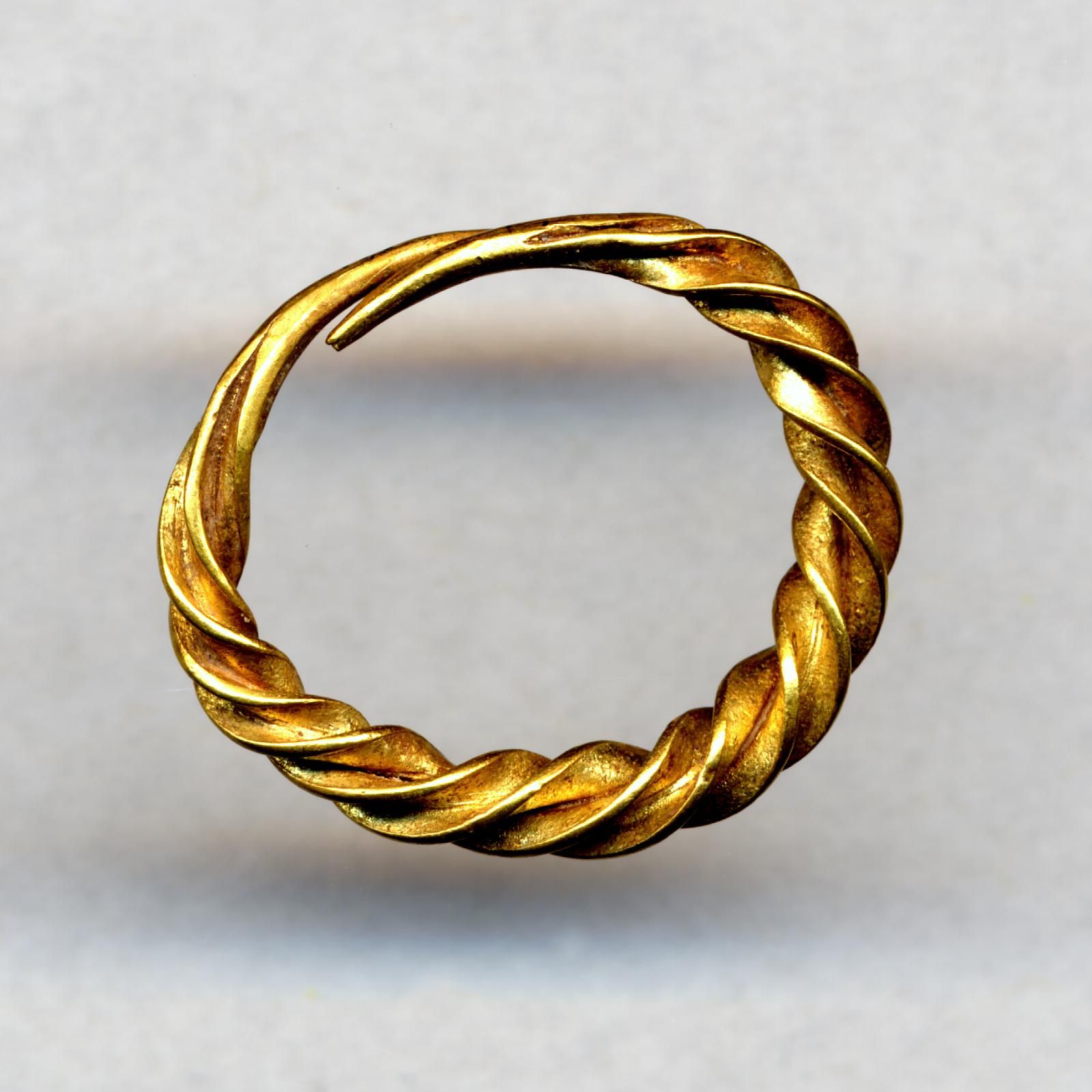"If you are concerned that you may possess items from the British Museum or have information that could aid us, please contact us at recovery@britishmuseum.org," the museum appealed.
This renowned institution houses the world's largest permanent collection, featuring eight million exhibits that showcase human history, art, and culture from its inception to the present day. The collection includes items like Egyptian mummies and artifacts from the Mausoleum at Halicarnassus or the Tomb of Mausolus.
The call for assistance follows a police investigation last month, which revealed that approximately 2,000 pieces from the museum's collection were either "missing, stolen, or damaged." Consequently, museum staff took the crucial step of registering the missing pieces on the Art Loss Register, the world's largest private database of lost, stolen, and looted art and antiquities.
This discovery also prompted an independent security review at the museum, resulting in the dismissal of a staff member allegedly linked to the disappearance of artifacts. The Economic Crime Command of the Metropolitan Police is continuing its investigation into the case.
Hartwig Fischer, the Director of the British Museum, resigned from his position on August 25 in response to the investigation's findings.
The museum has also announced its collaboration with an international panel of experts—prominent specialists in the field—to identify and recover the missing pieces.
According to the museum, 60 pieces have been recently returned, with an additional 300 identified and expected to be returned soon.
"The British Museum's approach has carefully balanced the need to provide information to the public to assist in recovery efforts while considering that providing too much detail may aid those with ill intentions," James Ratcliffe, Director of Recoveries at the Art Loss Register, said.

